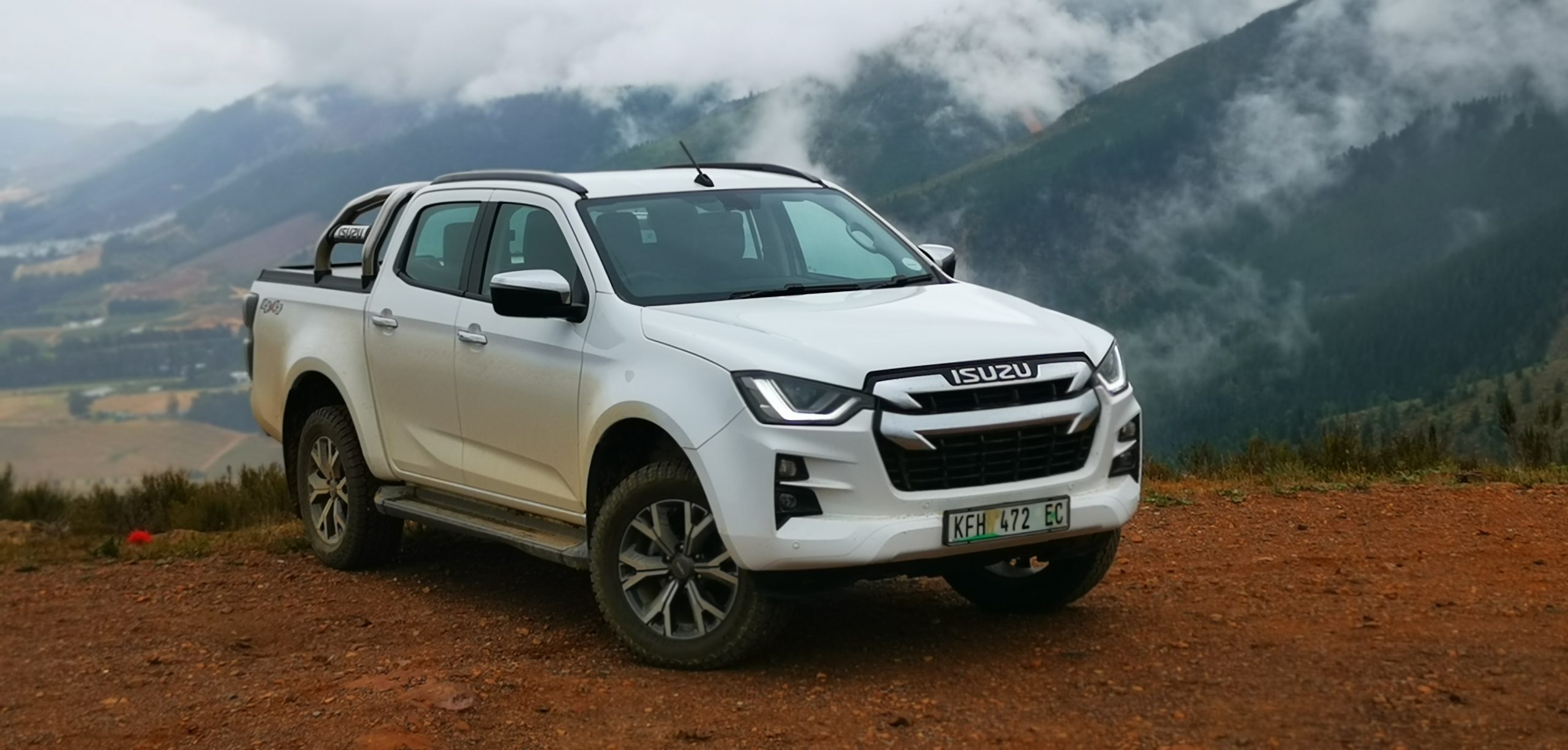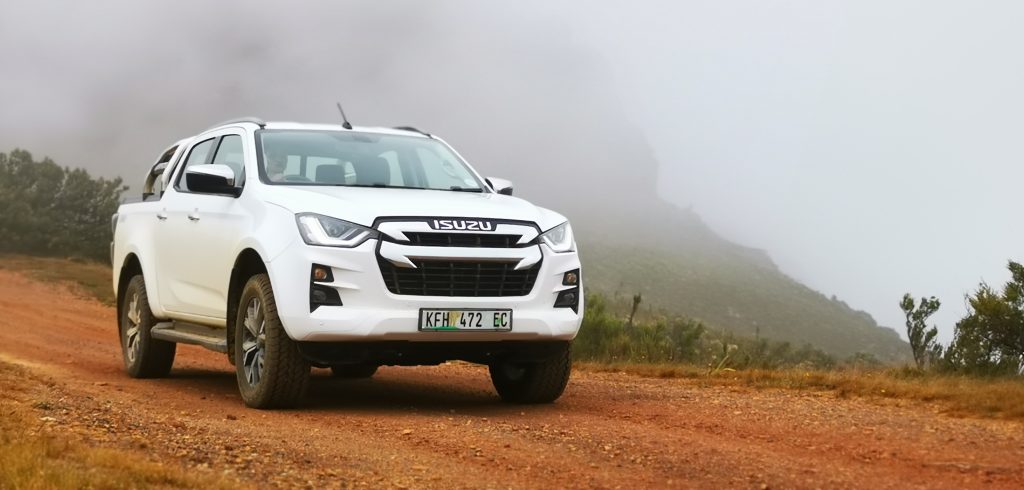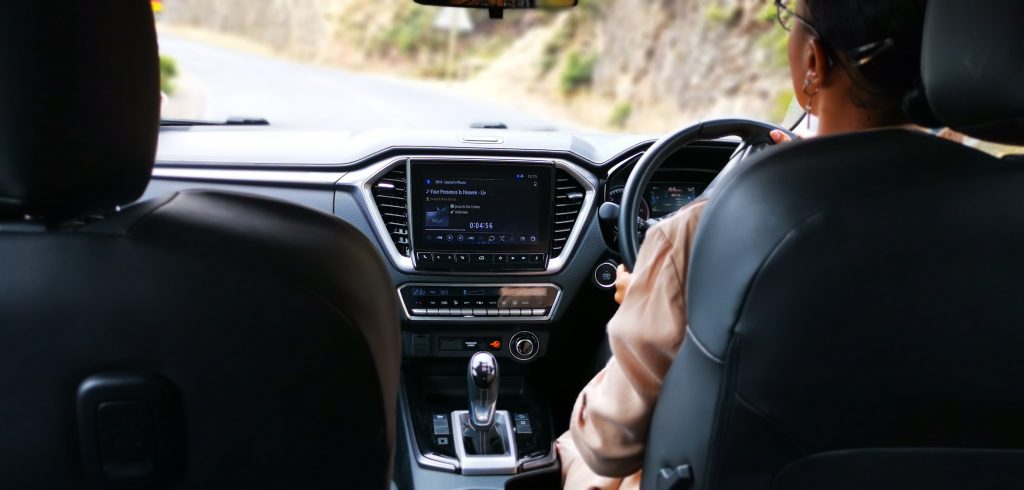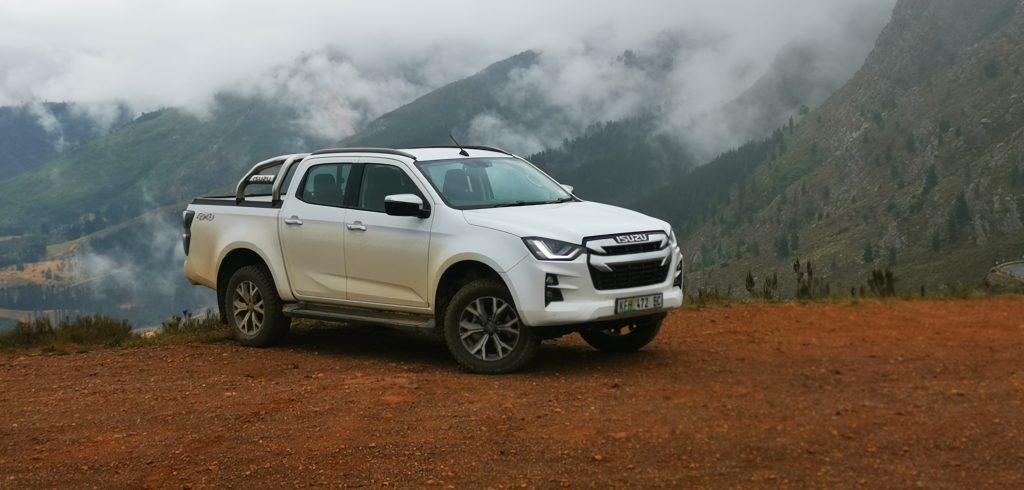
2024 Isuzu D-Max 3.0 TD LSE 4x4
It’s almost impossible to imagine that the new Isuzu D-Max has been on our roads since 2021.
The seventh generation of the Japanese workhorse continued with the sales success of its predecessor, but the popularity soared. But moreover, the bakkie was a hit because it saw to the various and diverse needs of the South African buyer.
A raft of derivatives is available, including the D-Max LSE 3.0 TD LSE 4×4.
At R869 500, the D-Max in question completes the podium for the most expensive bakkies in Isuzu South Africa’s arsenal, behind only the V-Cross and Arctic AT35. Yet, the Japanese automaker’s local division did not hold back in making this bakkie a sound choice in the market.
Against reputed rivals, the D-Max 3.0 TD LSE 4×4 holds its own, and it is not afraid to man up and hold its own. Especially when it comes to the engine.

Trusted diesel engine
For the first time in Isuzu’s South African history, the new D-max range was also made available with automaker’s 1.9-litre turbodiesel engine. It wasn’t such a shocker, given that Ford is already making do with a 2.0-litre mill.
But this one was different, because it is the first time that a one-tonne bakkie is now powered by an engine displacing less than 2 000cc.
However, the new power unit was, and still is, flanked by perhaps one of the most familiar and well-known engines in the motor industry: Isuzu’s 3.0-litre four-cylinder turbodiesel engine.
Codenamed 4JJ3-TCX, this engine is an evolution of the one that debuted on the D-Max in 2004: the 4JJ1-TC. And with the D-Max now in its third generation, following on from the erstwhile KB-days, the engine has become a mainstay on the bakkie.
Today, the 3.0-litre diesel mill produces 140kW and 450Nm of torque, with the latter available between 1 600 – 2 600rpm. Fair enough, it does not light up when compared to the Toyota Hilux’s 150kW/500Nm (2.8-litre) and Ford Ranger’s 154kW/500Nm (2.0 bi-turbo), but it is trusted.
The engine could run until kingdom come and many buyers flock towards it for this very reason.

Is there a ‘but’?
Many media outlets have asked Isuzu why it continues with an engine that is already 20 years old. Sure, continuous updates keep the engine fresh and relevant, but the competition is moving on.
And with each new engine, diesel grunt and vibrations are becoming less. The D-Max still has an old-school clutter to it, which is not matching the contemporary exterior design.
It just feels wrong that such a cool and attention-grabbing bakkie is powered by an engine that is two decades old.

It still punches, though
The D-Max 3.0-litre diesel engine still offers an impressive punch.
Floor the throttle and the bakkie increases speed with the age-old diesel hum. It’s a kind of reassurance many of us have having grown up with diesel vehicles. It’s comforting, in a way.
The six-speed automatic transmission cogs over well, too, but it is not as responsive as the self-cogging units found in the Hilux and Ranger. Still, it gets the job done and holds its own when the need arises.
The Isuzu D-Max is sold with a five-year/90 000km service plan and a five-year/120 000km warranty.

